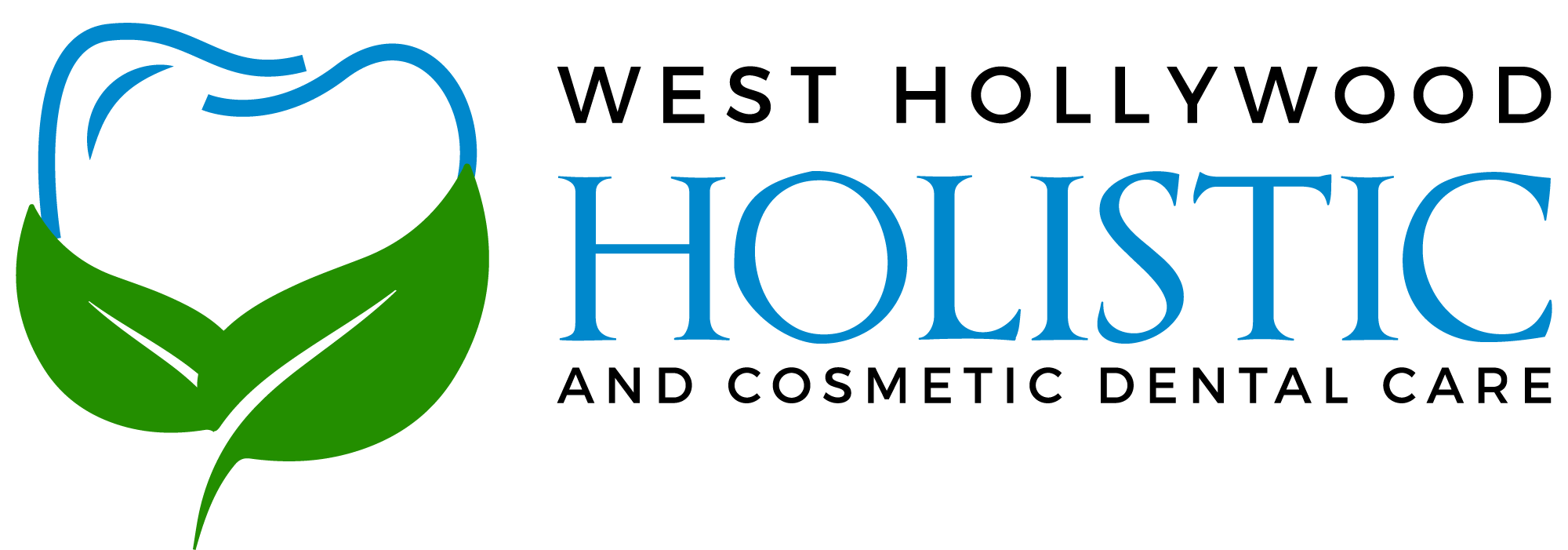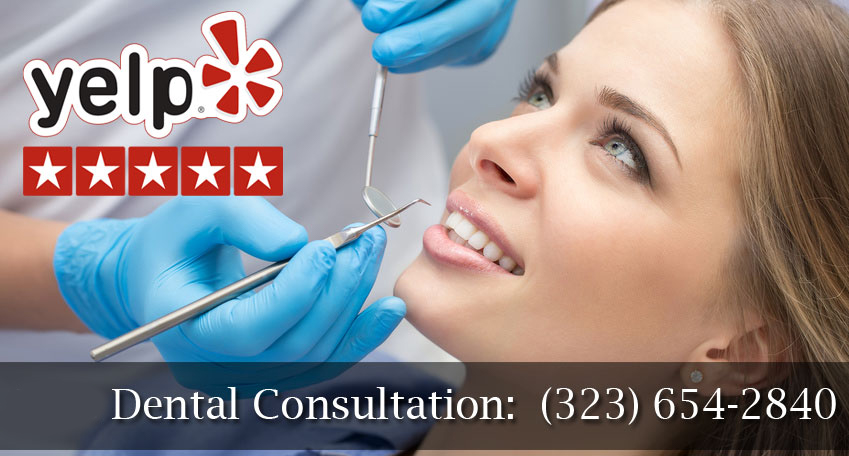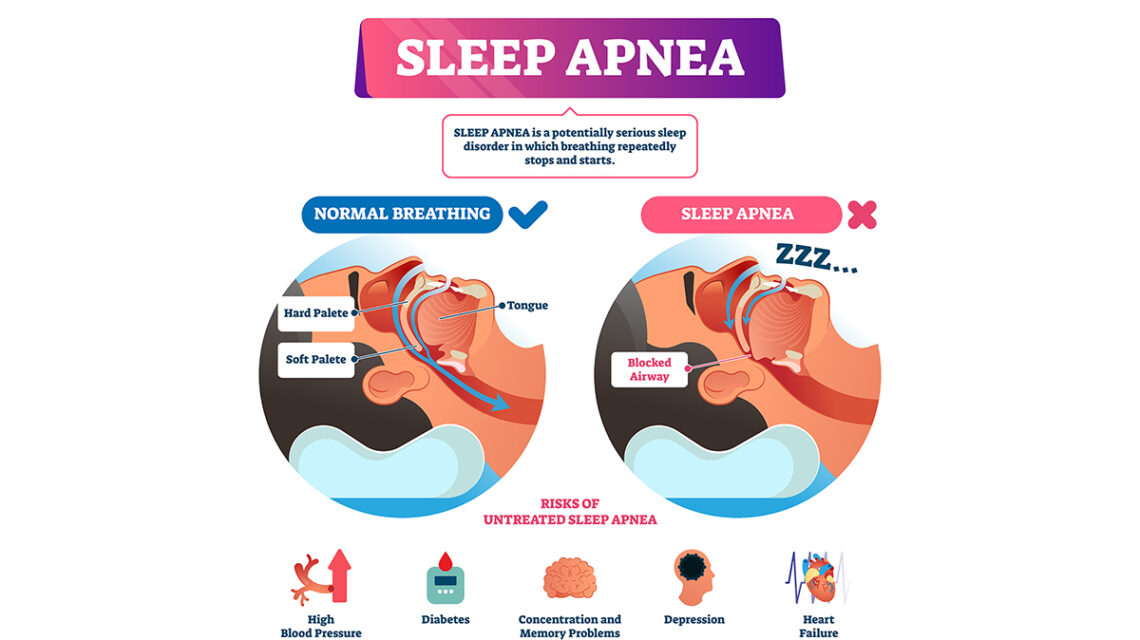Sleep apnea is a sleep disorder characterized by repeated periods where a person does not breathe in their sleep. This condition can often complicate a person’s life and maybe fatal if not caught and treated early. One can receive treatment for the illness from a holistic dentist in West Hollywood.
Sleep apnea treatment
Understanding the treatment options available for sleep apnea requires establishing how it occurs to achieve positive patient outcomes. The manifestations, causes, risk factors, and complications of sleep apnea is critical in selecting the best therapy for a person. Therefore, physicians define sleep apnea as a condition whereby a person finds it difficult to breathe while sleeping. A person might gasp for air while sleeping because of the obstruction of air at various pharynx regions.
What is The Criteria To Determine Appropriate Treatment?
Doctors have developed numerous ways of identifying what treatment therapies would benefit their clients the most. For instance, our holistic dentist can offer site-specific therapy during therapies to ensure that sleep apnea complications do not occur. Examples of complications that can result from untreated snoring include low immunity and emotional stress. Treatment ranges from self-help therapies to surgery, breathing devices, and drugs.
Insight on sleep apnea And Treat Options Available.
There are two kinds of sleep apnea: obstructive sleep apnea and central sleep apnea. Each type of sleep apnea has a different pathology.
Obstructive sleep apnea is highly prevalent, causing blockage of the respiratory airway resulting in snoring that might affect a roommate or partner. The illness’s chronic status can induce daytime sleeping and accidents apart from low concentration and irritability. Moreover, a patient can gain weight or develop diabetes, heart, and liver diseases.
Positive airway pressure devices As A Treatment Technique.
Most people are currently using positive airway pressure (PAP) machines and breathing masks to treat severe and moderate sleep apnea. The cover is worn over the nose alone or together to ensure an uninterrupted supply of pressurized air to the patient’s throat. Additionally, the continuous air supply under pressure provides the respiratory airway resilience not to collapse while the individual is sleeping. Furthermore, the pressurized air delivery occurs through a tube.
Examples of positive airway pressure machines include the continuous (CPAP), variable (VPAP), and the bi-level (BPAP). Research on the overall effect of complimentary airway pressure therapy indicates promising results because it alleviates apnea. Moreover, the outcomes for the study show a significant prevention of hypopnea episodes when sleeping. Additionally, patients recorded fewer complications of sleep apnea compared to those on other treatment options.
CPAP Treatment.
CPAP devices provide patients with a constant stream of air that acts as a splint in the throat, thereby eliminating obstruction. New versions of CPAP machines are more comfortable, quieter, and lighter compared to previous models. Besides, the new models have a humidifier built-in to moisturize the skin and mucous membranes to avoid irritation.
Other breathing machines include expiratory positive airway pressure (EPAP) and the adaptive servo-ventilation (ASV).
BPAP Treatment.
Unlike the EPAP and CPAP, the BPAP machine has an additional level for controlling air pressure. The BPAP device can lower the air pressure when the patient is exhaling. At the same time, the VPAP adjusts its controls as per the patients breathing cycle. Additionally, patients with central sleep apnea can use both BPAP and VPAP machines because the two methods provide assisted breathing.
However, all the PPA devices are only useful in treating obstructing sleep apnea but fail to eliminate snoring.
Oral appliances As A Treatment Technique.
The popularity of oral appliances in the management of sleep apnea continues to grow due to its effectiveness. Oral appliances with superior efficacy promoted its adoption as a first-line therapy against treating sleeping apnea. Currently, the Food and Drug Administration approved more than 100 different machines to treat obstructive sleep apnea (OSA) and snoring.
How Are Oral Appliances Used?
Patients wear the mouth appliances as orthodontic devices or mouth guards while sleeping to prevent the lower jaw movement. As a result, the patient’s airway remains open as their muscles and tongue remain immobile to avoid any collapse or obstruction.
Oral appliance therapy (OAT) was approved by the American Academy of Sleep Medicine (AASM) as the primary treatment for moderate OSA individuals.
Apart from managing mild OSA, AASM recommends treating severe OSA with OAT, where individuals cannot tolerate or utilize CPAP. We recommend that patients that cannot tolerate CPAP therapy use oral appliance therapy in combination with PAP to manage severe obstructive sleep apnea.
Benefits of Oral Appliance Therapy.
Aside from being a non-invasive treatment method and effective in managing both snoring and OSA, OAT permits one to maintain their lifestyle. Most patients find oral appliance therapy comfortable, portable, quiet, and easy to clean and wear.
One can book an appointment with certified doctors, such as a holistic dentist, for an examination in our West Hollywood. Such a visit would enable one to establish the best OAT for them as per their condition and avoid potential side effects.
To get a custom-made oral appliance, one needs to get a complete evaluation of their mouth, teeth, jaw, and any other structures nearby. One should schedule follow-up appointments with the dentist to monitor the progress and ensure the alleviation of sleep apnea symptoms.
What Is The average cost of sleep apnea treatment in Los Angeles?
The overall cost of treating sleep apnea relies on several factors, such as the patient’s insurance provider and the selected treatment option. Usually, a sleep study is the first diagnostic step of sleep apnea and would approximately $2,000. The diagnostics are about $100, while a surgical treatment intervention is nearly $10,000. Moreover, a standard CPAP device costs about $3,00 while oral appliances averagely $2,000.
It is hard to find a dentist that lacks the training on oral appliances therapy and the positive airway pressure. However, one should ensure they consult a board-certified dentist with the American Board of Dental Sleep Medicine and the American Academy of Dental Sleep Medicine. Additionally, one should select a physician who graduated from a recognized institution that teaches dental sleep medicine.
Neuro-stimulation therapy As A Treatment Technique.
People diagnosed with sleep apnea (SA) might find positive outcomes from either trying hypoglossal or standard neuro-stimulation therapy where CPAP or OAT fails. Hypoglossal neuro-stimulation treatment involves the delivery of electrical impulses to the tongue muscles through an implant. The expected outcome is the elimination of OSA and achieving good airway flow.
Conversely, neuro-stimulation that involves the implanting of devices on the nerves innervating the chest region controls the breathing cycle of a patient. The implant is placed on the skin and delivers impulses to muscles like the diaphragm through two wires, which detect breathing and provide therapy. Such a device helps in the management of central sleep apnea.
Treat underlying condition.
Some people might suffer from snoring and OSA as an extension of an underlying medical condition leading to excessive daytime sleepiness (EDS). Although sleep deficit potentiates the destructive effects of pre-existing diseases, diagnosing EDS helps boost daytime functioning.
The treatment of excessive daytime sleepiness depends on diagnosing and managing underlying diseases to decrease the chronic condition manifestation. New medications have fewer adverse effects as compared to older medicines used to manage EDS.
One can buy medications at a pharmacy to manage allergies that might make it difficult to breathe and result in snoring. Apart from antihistamines that decrease nose blockade, one can buy nasal strips to reduce airflow resistance.
Surgery.
Our experts recommend the use of surgical intervention in alleviating snoring rather than treating obstructive sleep apnea. Surgeons face the challenge of identifying the region of the upper airway responsible for the blockage of airflow. Additionally, the conventional diagnosis method for sleep apnea is not conclusive enough in determining the area that requires surgery. Furthermore, the pharynx has many regions that might be the root of the condition.
UVPPP.
Uvulopalatopharyngoplasty (UPPP) is a surgical procedure that results in larger airways. However, in children, the surgeon typically removes adenoids or tonsils that might cause airway obstruction. The surgeon can also remove excess tissue inside the node or at the throat to improve airflow. Additionally, surgeons can implant devices in the soft palate or reconstruct the patient’s jaw to reduce snoring.
Lifestyle adjustments.
Research indicates that approximately 70% of individuals diagnosed with OSA are obese. We recommend that one shed excess weight through exercises for about 45 minutes each day, three times a week. Formal studies indicate a significant drop in hypopnea, apnea, and snoring after patients record a decline in their body weight. One should avoid alcohol consumption before they go to sleep because it causes muscle relaxation in the throat and tongue.
Sedative drugs can cause snoring when sleeping, and thus your doctor should advise you on other options. Individuals diagnosed with ASA should quit smoking and start therapies like patches because the habit worsens snoring. Moreover, one should sleep on their side to minimize the blockage of airflow by the tongue when one lies on their back. Also, one can reduce snoring by elevating their head when sleeping.
Suppose you have a loved one or are suffering from sleep apnea or snoring. In that case, we are here to offer you holistic, general, and cosmetic dentistry. We are located in West Hollywood, Los Angeles, with holistic dentists that use modern and non-toxic approaches to ensure you sleep better. Visit our West Hollywood offices to learn more about the cost and treatment options of sleeping apnea.






